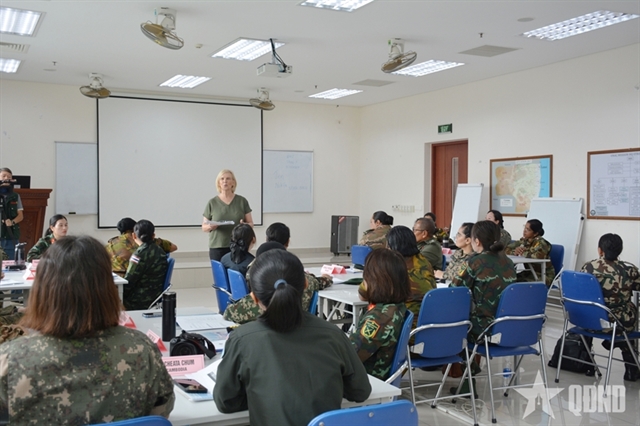Integrating HIV/AIDS with Women’s and Children’s Health Programmes Critical to Success
Half of adults living with HIV are women, and young women between 15 and 24 years of age are at particular risk of sexual and reproductive ill-health due to HIV infection. Globally, the two leading causes of death in women of reproductive age are HIV and complications of pregnancy and childbirth, and a recent analysis indicates that HIV may have increased maternal deaths, especially in sub-Saharan
"The AIDS response is already contributing to maternal, new born and child health through strengthening health systems and community responses," said Paul De Lay, UNAIDS Deputy Executive Director, Programmes. "When AIDS is out of isolation, we can achieve wider health outcomes."
“Listening to women we know that they want to go to one place to have their health needs met – for family planning, maternal healthcare and services for HIV/AIDS. Linking sexual and reproductive health and HIV makes sense. It saves lives, delivers more health for the money – and it works for women,” said Purnima Mane, Deputy Executive Director of UNFPA, the United Nations Population Fund.
AIDS prevention and treatment efforts have paved the way to reach women and children for other critical health needs, and maternal and child health services provide a crucial entry point for HIV prevention, treatment and care.
"The Joint Action Plan for Women’s and Children’s Health represents a fresh opportunity to look at how we can deliver integrated health care services for women and children across the full continuum of care,” said Ann Starrs, President of Family Care International. “Advocates who work on maternal and child health and on HIV/AIDS must work together to increase resources for health, rather than competing for the bigger slice of the pie.”







